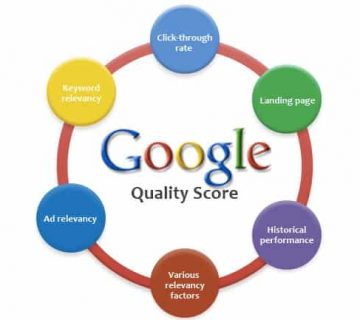How long does it take to rank higher at Google Ranking?
It usually takes from 6 months to 1 year. Of course, there are many parameters that need to be calculated.
In the distant 2000, ranking in Google was a game. You just added the keywords, title, URL and content, and you were directly on the Top 10 results in just a few weeks. Simpler. Even SEO techniques were much simpler then.
But now things have changed. Google updates its algorithm very often, for example in 2018 there have been 3,234 changes! With each improvement it is difficult to rank Google results whether your domain is old or new.
The parameters that exist
Experts know that there are more than 200 parameters for ranking on Google, but the most important ones that directly affect it are the ones we develop below.
1. User metrics
If you have high user metrics, then your domain will rank much faster than if you had no amazing metrics. the following:
Page views
A page view is considered as a visit to a web page. If a visitor goes from page 1 to page 2, then both pages will have one view. If page 2 returns to page 1, page 1 will have two views.
A high number of page views shows its importance to visitors. They visit it again and again to find information that they find useful. A higher number of views on Google is necessary (possibly higher than your competitors).
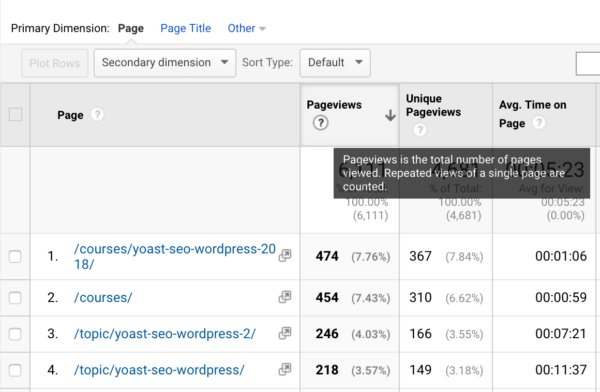
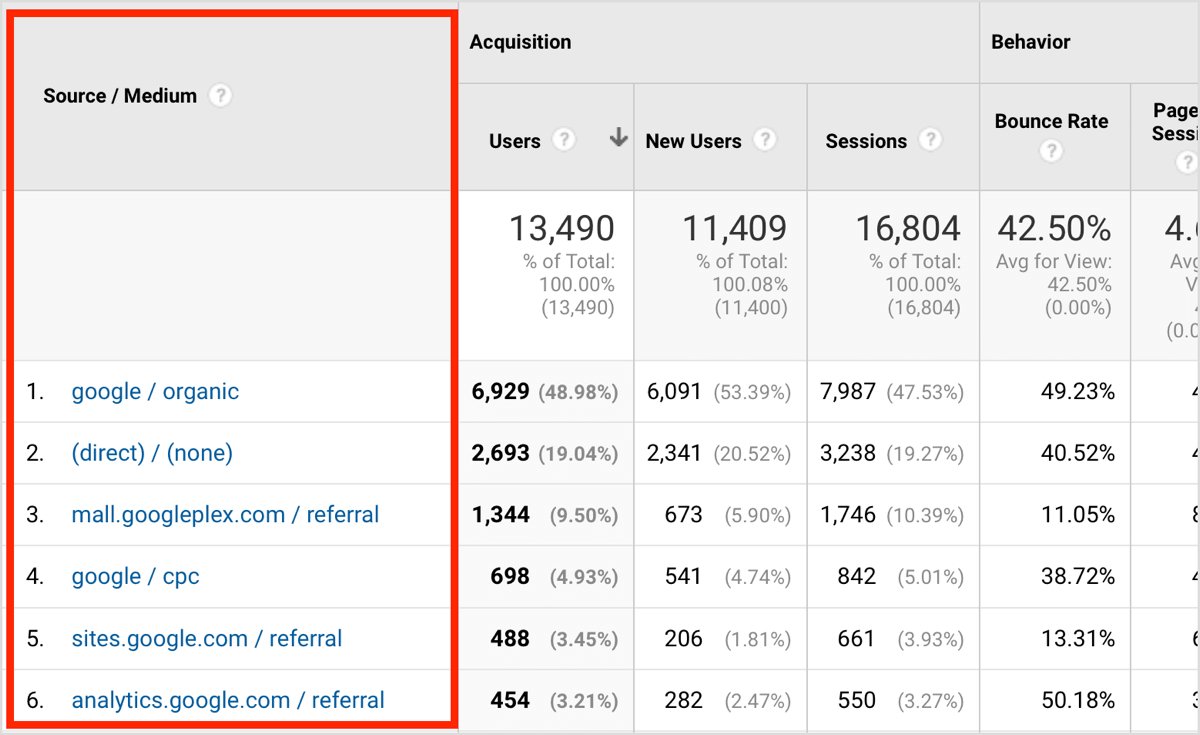
Total traffic
It is the total number of your visitors. It can come from any channel, organic, social, direct or referral. The higher the traffic, the easier it is to rank high in results.
Rate of abandonment
It refers to the percentage of visitors to a website who leave it after viewing only one page. A high bounce rate means that your visitors are not finding the quality of your site content and are not finding the information they are looking for. A low percentage indicates that your site is liked by visitors.
A website with a low bounce rate ranks higher in Google results.
The benchmark rates of abandonment are:
- 10% or less requires some research
- 10 – 45% is excellent
- 45-65% are common
- 65-75% is bad
- 75% + is worrying
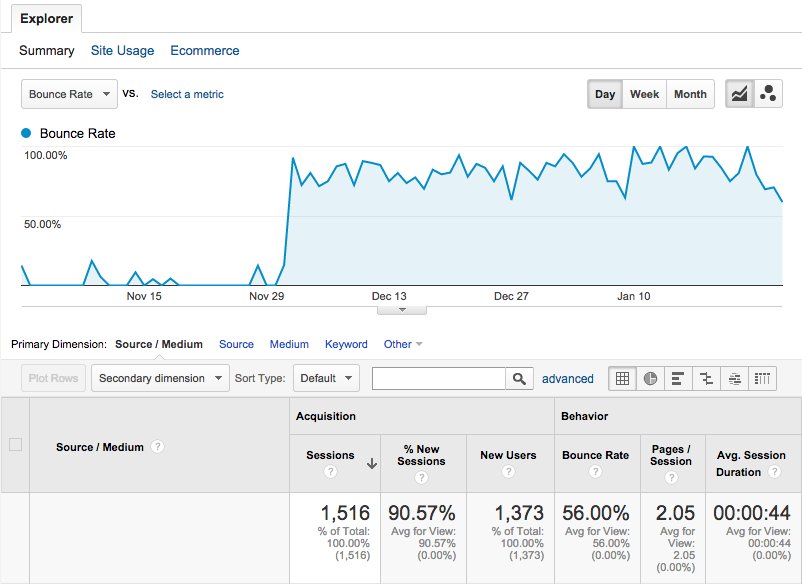
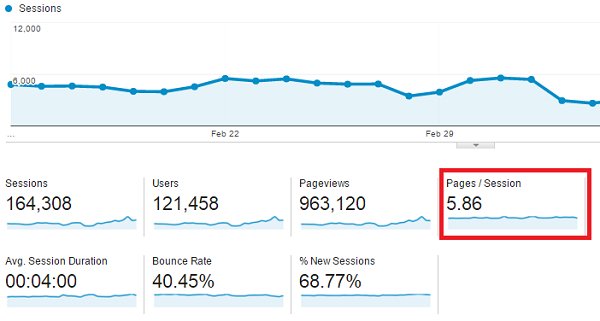
Pages per visit
Indicates the average number of pages viewed by a visitor during a single visit. A visit corresponds to 30 minutes of search. A website with a high number of pages per visit shows that its visitors are loyal and have a good relationship with each other.
Scroll Rate
It refers to how “down” the site visitors are. If this rate is high, it means that visitors are genuinely interested in the content that exists, which helps to rank higher in search engine results.
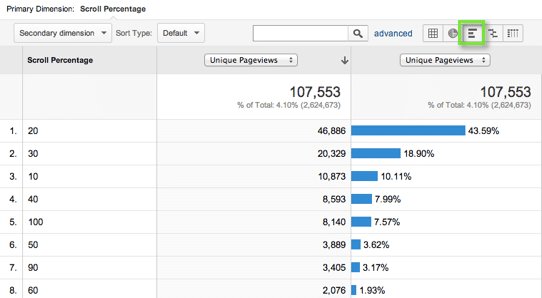

Time on site
The time a visitor spends on your website is a very important parameter. A great time also shows a high engagement rate, which in turn leads to better positions in Google search results.
Number of individual visitors
Counts the number of different IP addresses your visitors come from. A large number shows a very popular and popular website and therefore occupies a high ranking position.
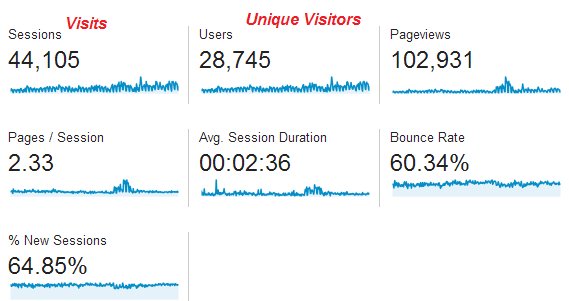
2. Links – Links
The links are counted as “votes” for a website. The more votes your site has, the higher its ranking in search results. The links are divided into two categories: High Quality and Low Quality.
High Quality Links are relevant and are earned over time. On the contrary, Low Quality is usually paid, and is highly promoted, which becomes tedious.
Your page should have a lot of high quality links as Google is very good at identifying links that are unnatural or repeatedly spam.
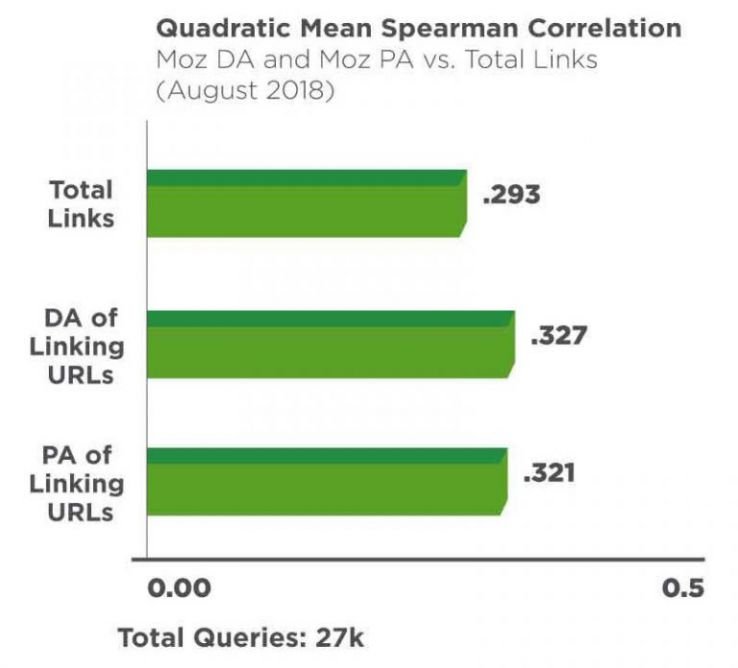
3. Website Design
Google takes into account factors such as mobile compatibility and page loading speed to rank a site, which means that if there are too many ads, then the chance that Google will downgrade your site will increase.
The reason for this is that users will have to work harder to find the actual content on your site, thus wasting their time. Any feature on your site that provides a negative user experience will have a negative impact on your ratings.
Focus on small elements of site design (i.e. user experience) when designing your site. For example, do not use more than one H1 tag in a webpage, as this may confuse Google in determining the relevance of the web page to various search phrases. This ultimately reduces the overall relevance score. If your site looks great then you will rank very quickly.
4. Domain popularity
The popularity of a new domain is more likely to gain higher rankings faster.
5. Age of the website
Your website must be old to rank high, especially if it has very popular keywords. The average age of a top website is about 2 years or more.
6. Domain Authority
Having a high percentage of Domain Authority, it can take only a few weeks for your site to reach the top of the results. Any change will have an impact on your site’s ranking, taking into account other factors such as links, content, etc.
7. Competition
The higher the level of competition, the harder it is to rank at the top of Google.
Before you start creating your own SEO strategy, it is best to know who your competitors are, which keywords rank higher in Google and their average rankings. This will help you analyze the strengths and weaknesses of SEO to turn your weaknesses into strengths.
Also analyze the content with the best performances of your competitors. Look for missing information or pieces of content that have not gone into great detail. Use it to your advantage.
Therefore, it is important to focus on creating the best content you can. This will help you build trust with your target audience, which in turn will increase your pay per click rate and reduce your bounce rate.
When a new site has a higher clickthrough rate and a lower bounce rate, it will definitely affect Google’s rating in a positive way. However, make sure you publish high quality and high quality content regularly.
8. Project Scale
A company’s budget is one of the most important factors affecting Google rankings. Why; Because if you have a good quality budget, then you can:
- Add multiple pages to your site
- Improve the quality of content
- Improve the UX of your site
- Get high power links by hiring reputable link manufacturers
- Improve the visibility of the brand reach out to public persons
- Trust the Press and the Media to write content for you
When you take the time (and resources) to do all of these actions, it is difficult for Google to ignore your site and the result is faster rankings.
Final Thoughts
Ranking on Google is not easy, especially if you have a small budget and your business is not very popular. Popular businesses have always taken a bigger lead in getting rankings as quickly as possible because they already have links, brands, referrals, branded searches and direct traffic.
If you have a small budget and your business is new, then you expect your ranking to grow slowly. Slowly rising rankings remain stable for longer, so you should wait six months to a year before you expect to see positive results.

